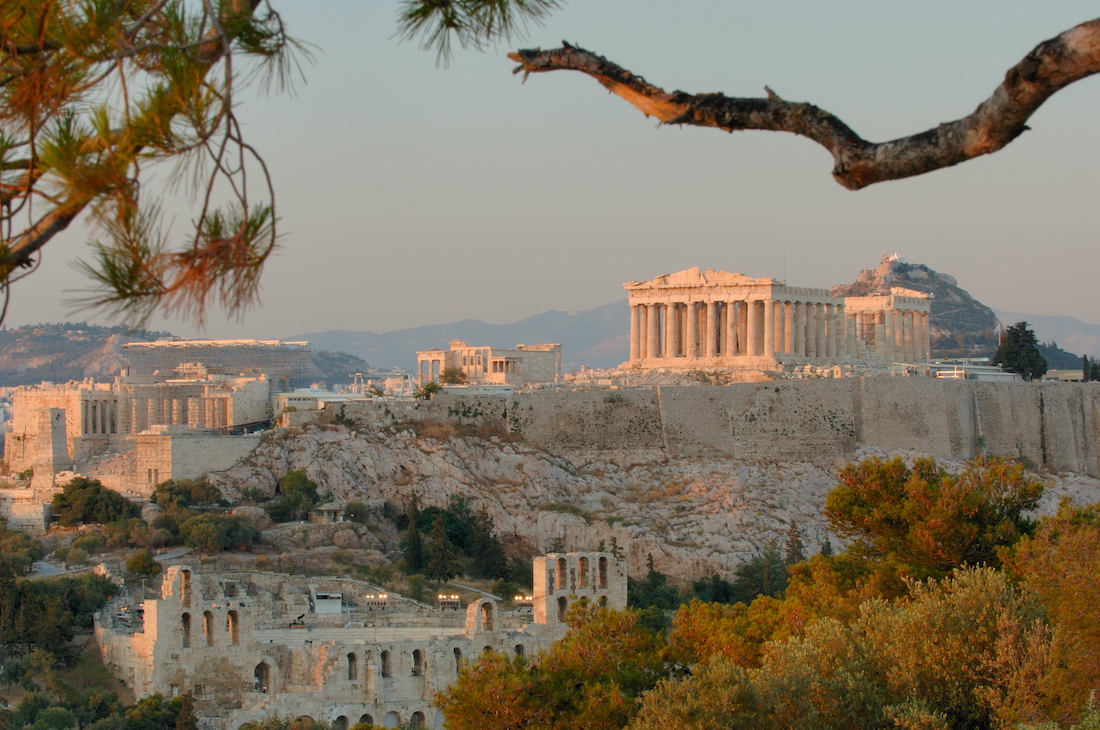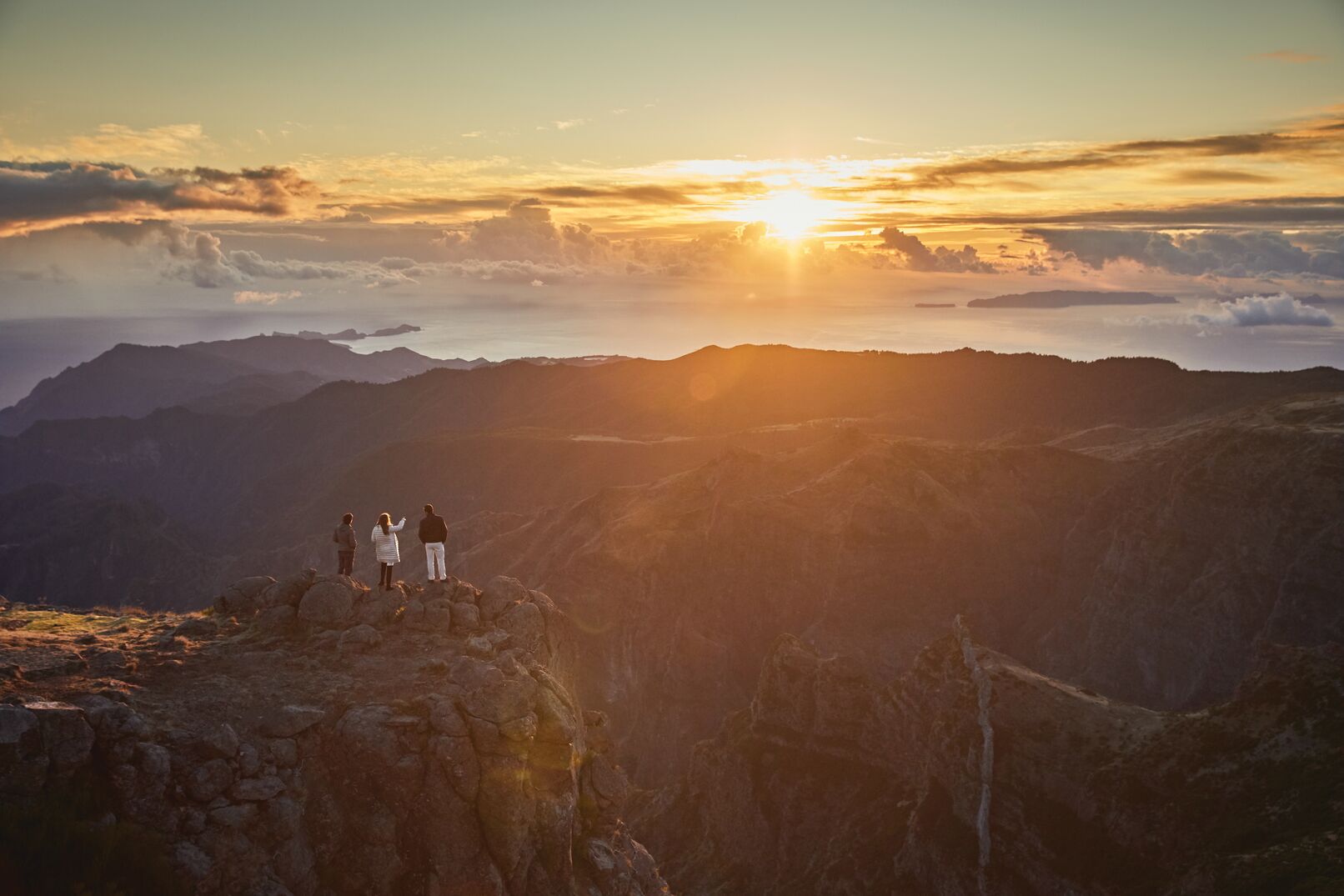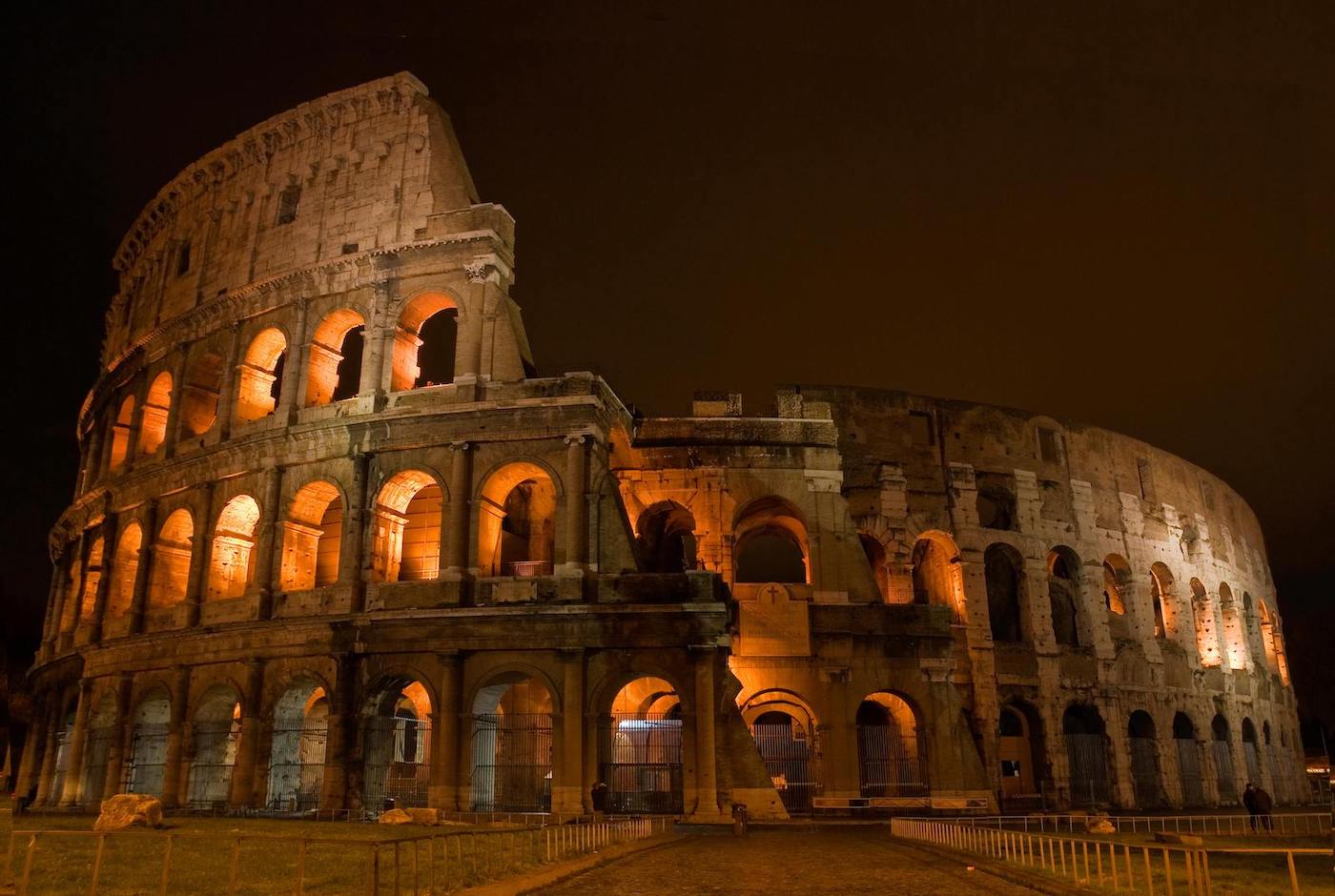Pompeii, Italy: A Timeless Window into Ancient Roman Life
The catastrophic eruption of Mount Vesuvius in 79 AD
In AD 79, Mount Vesuvius erupted after centuries of dormancy, devastating the towns and villas to the southeast while preserving a striking snapshot of Roman life frozen in time. The eruption struck without warning, and although the exact death toll remains uncertain — estimated between 2,000 and 16,000 — archaeologists have uncovered over 1,500 individuals, with ongoing discoveries continuing to reveal the human stories beneath the ash. Today, Pompeii endures as one of the world’s most remarkable archaeological sites, where streets, villas, and frescoed interiors offer an extraordinary window into a city suspended in history.
"Today Vesuvius erupted. It was the most majestic and terrible sight I have ever seen, or ever expect to see. The smoke from the crater slowly built up into a great bulging shape having all the appearance of solidity. It swelled and expanded so slowly that there was no sign of movement in the cloud which, by evening, must have risen thirty or forty thousand feet into the sky, and measured many miles across." — Norman Lewis, Naples '44, 19 March, 1944

Aftermath of the Pompeii Eruption
The AD 79 eruption of Mount Vesuvius buried Pompeii under ash and pumice, preserving streets, homes, and daily life in astonishing detail. Many residents were unable to escape, leaving behind a frozen snapshot of ancient Roman life. Archaeological excavations have uncovered frescoes, buildings, and household objects, offering invaluable insight into Roman civilization. Today, Pompeii remains a uniquely preserved Roman city, revealing the enduring legacy of one of history’s most famous volcanic eruptions.
The Preservation of Pompeii and Herculaneum
The eruption of Mount Vesuvius in AD 79 preserved Pompeii and Herculaneum in extraordinary detail, creating a “frozen” snapshot of ancient Roman life. Archaeological evidence reveals everyday activities: at Pompeii, eggs and fish remained on a table in the Temple of Isis, 81 loaves of bread were found in the Bakery of Modestus, bronze pots containing animal bones were uncovered in the House of the Vettii, and fruit stayed on display in the Macellum market. In Herculaneum, volcanic mud preserved wooden furniture, papyri, and skeletal remains. These discoveries provide unparalleled insight into Roman architecture, diet, commerce, and daily routines, making Pompeii and Herculaneum essential sources for understanding life in ancient Roman cities.
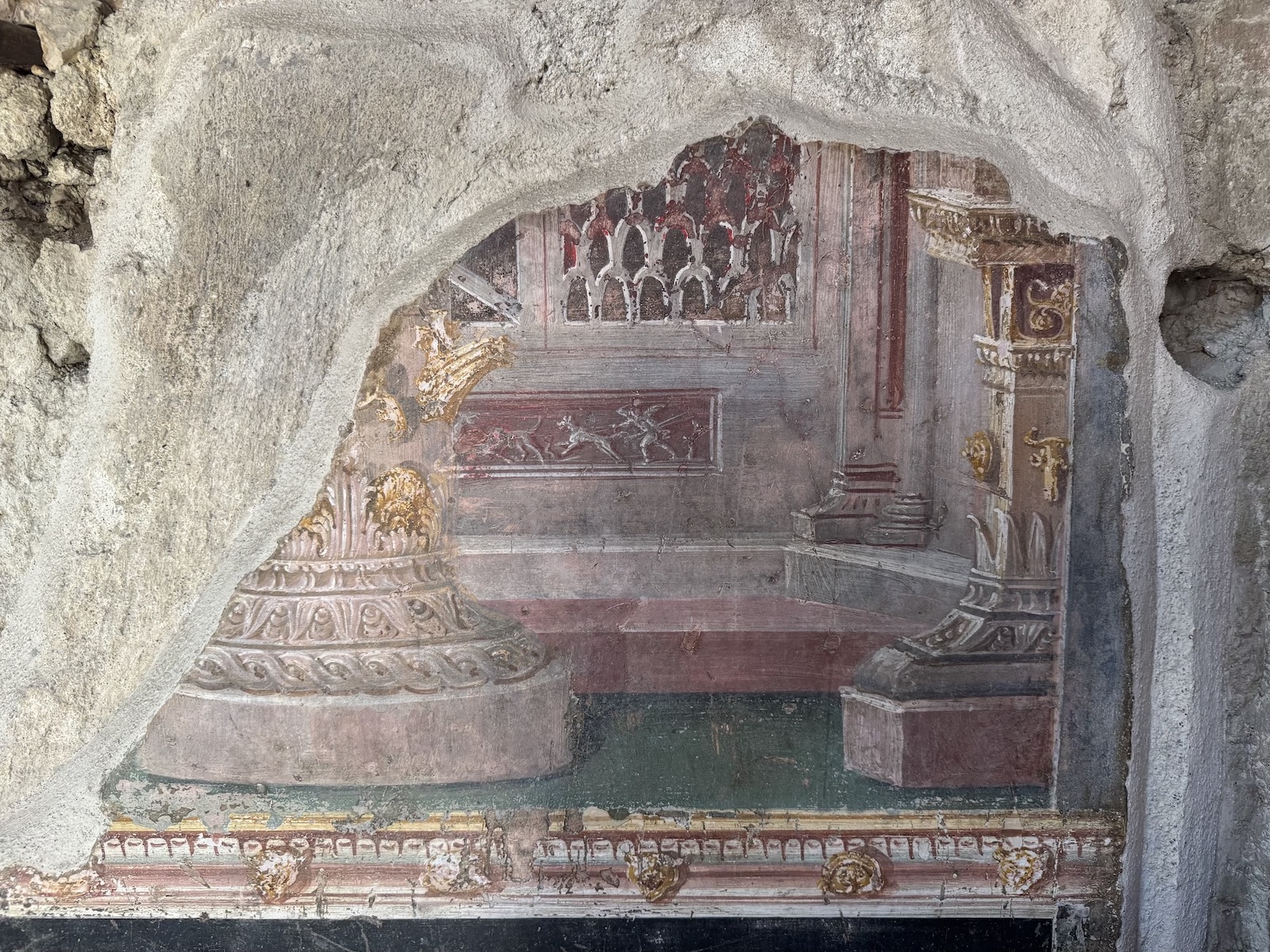
Other Sites Buried by Mount Vesuvius
The area around Pompeii contains over 140 villas, ranging from modest farms to grand estates combining work and luxury spaces. Many are remarkable for the extraordinary preservation of their artwork, particularly frescoes and wall paintings that provide a vivid glimpse into ancient Roman aesthetics and daily life. The Villa of Publius Fannius Synistor, discovered in the late 19th century, is famous for its intricate frescoes, now displayed in museums worldwide, including the Metropolitan Museum of Art in New York. Other preserved villas, such as Villa Pisanella and Villa Regina, further reveal the artistic sophistication and cultural richness of Roman elite life.
Experiencing Pompeii: Insights for Visitors
Visiting Pompeii is an immersive encounter with Roman history. The most revealing moments come when the city can be experienced with focus and depth: early-morning access before crowds arrive, after-hours tours, or expert archaeologists offering context on frescoes, mosaics, and streets frozen in time. These details, from the vibrant pigments in villa wall paintings to the preserved ovens of the Bakery of Modestus, allow visitors to engage directly with ancient Roman culture and daily life.
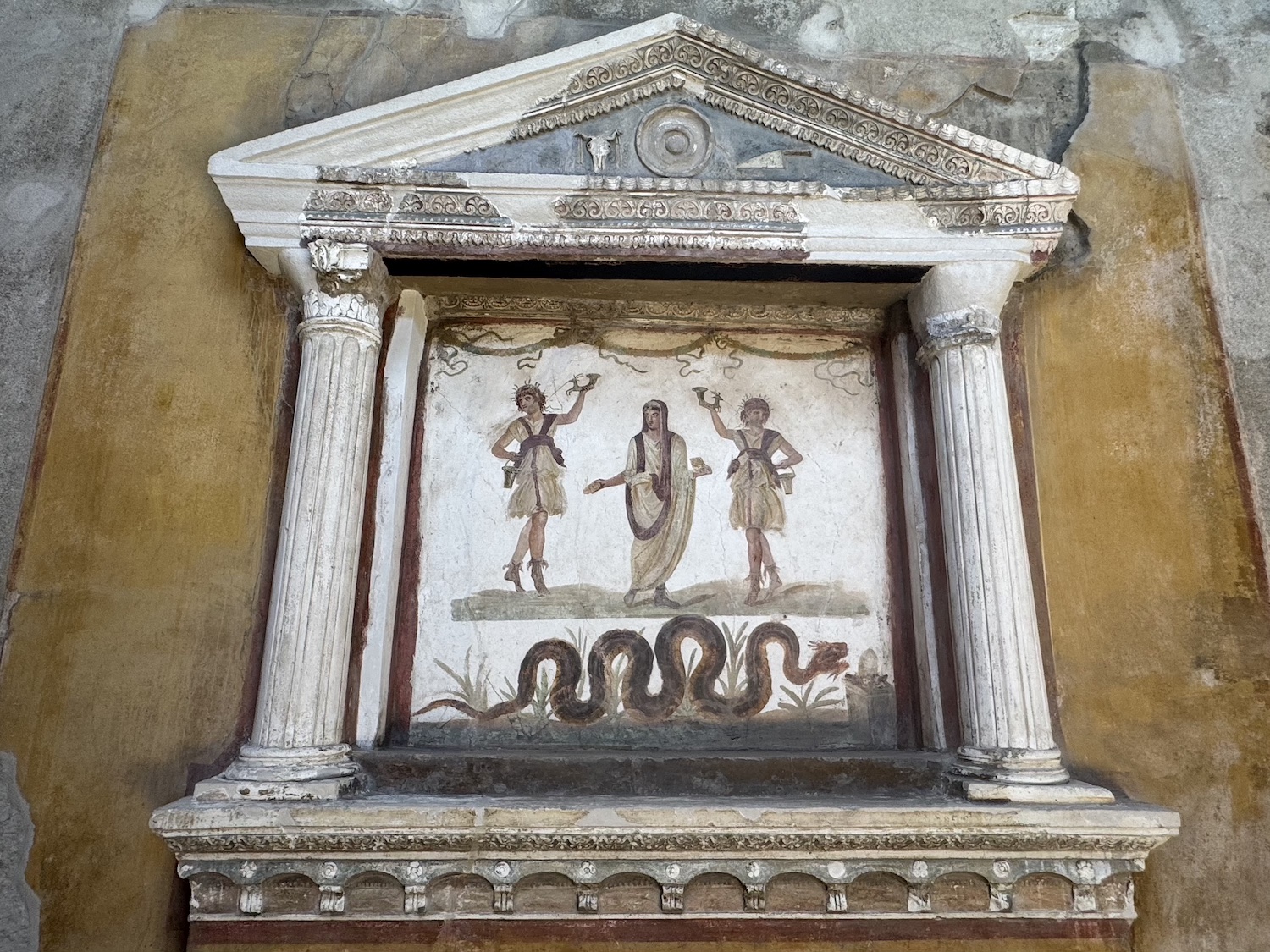
Reflection
Walking through Pompeii or Herculaneum, observing frescoes, mosaics, and everyday artifacts, is both a sensory and intellectual experience.These cities reveal human resilience, artistic mastery, and the fleeting nature of life. Sculptured Journeys invites travelers to experience history through knowledge and insight — deeply curated, moving, and profoundly memorable.

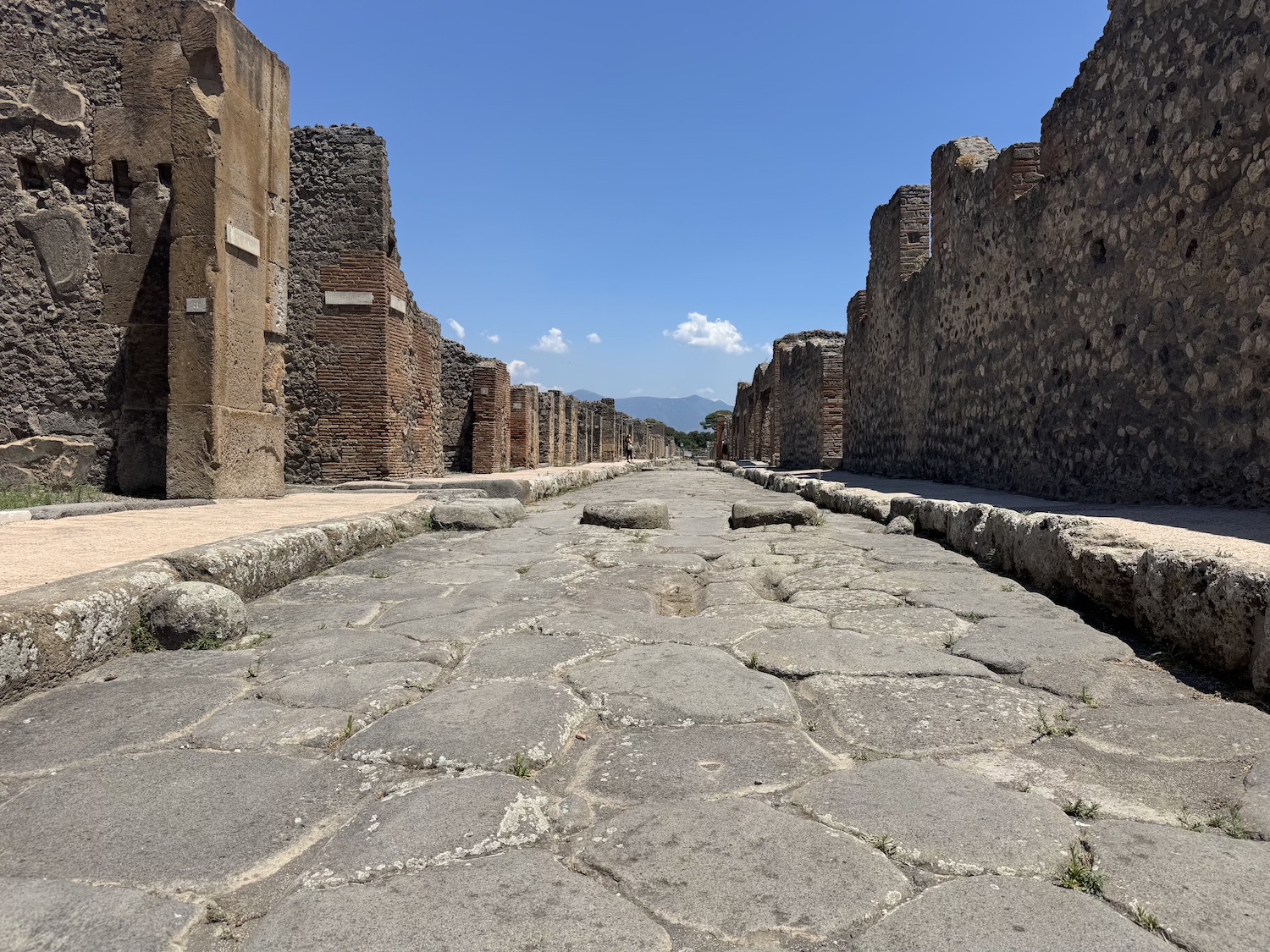



















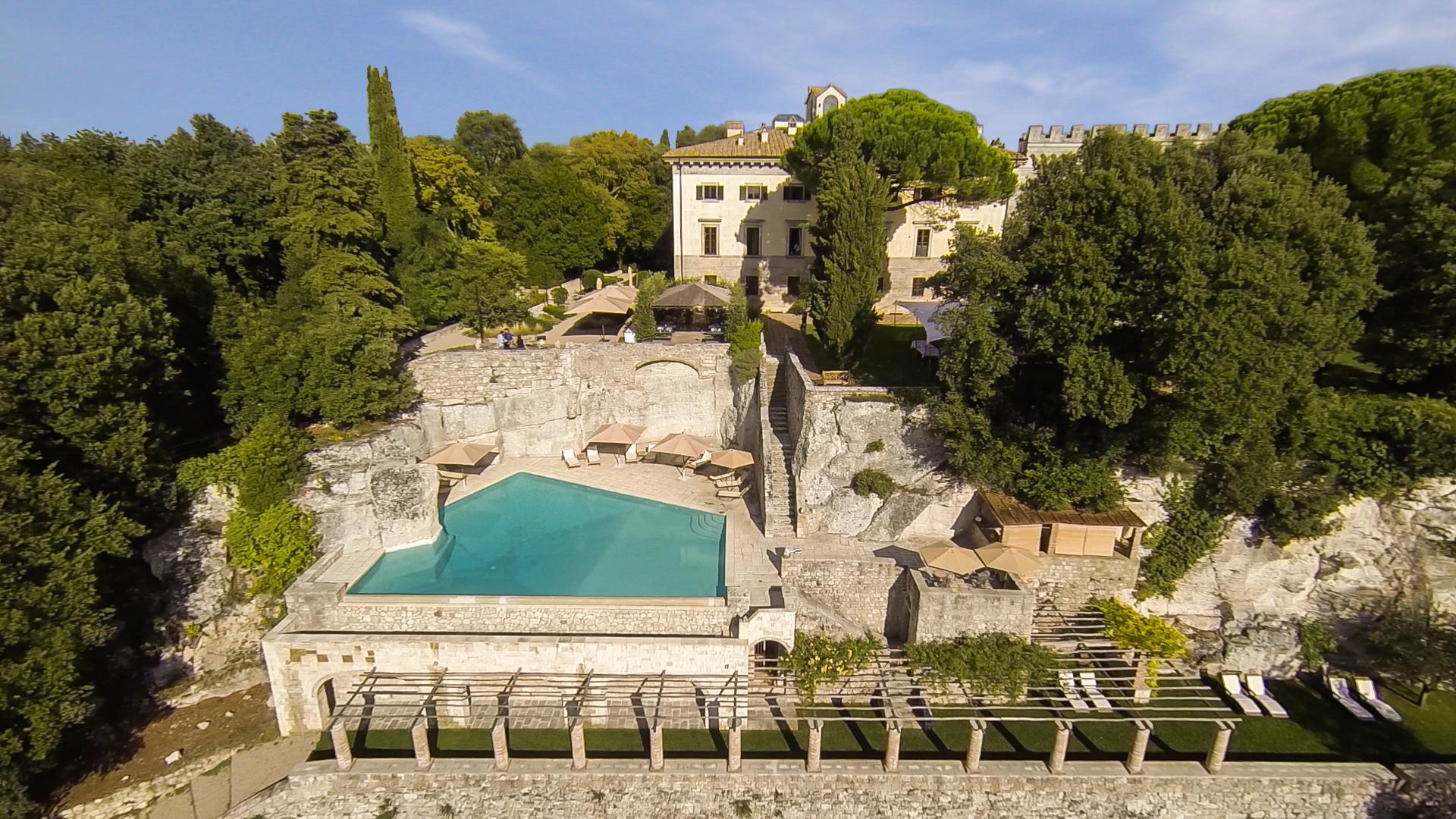

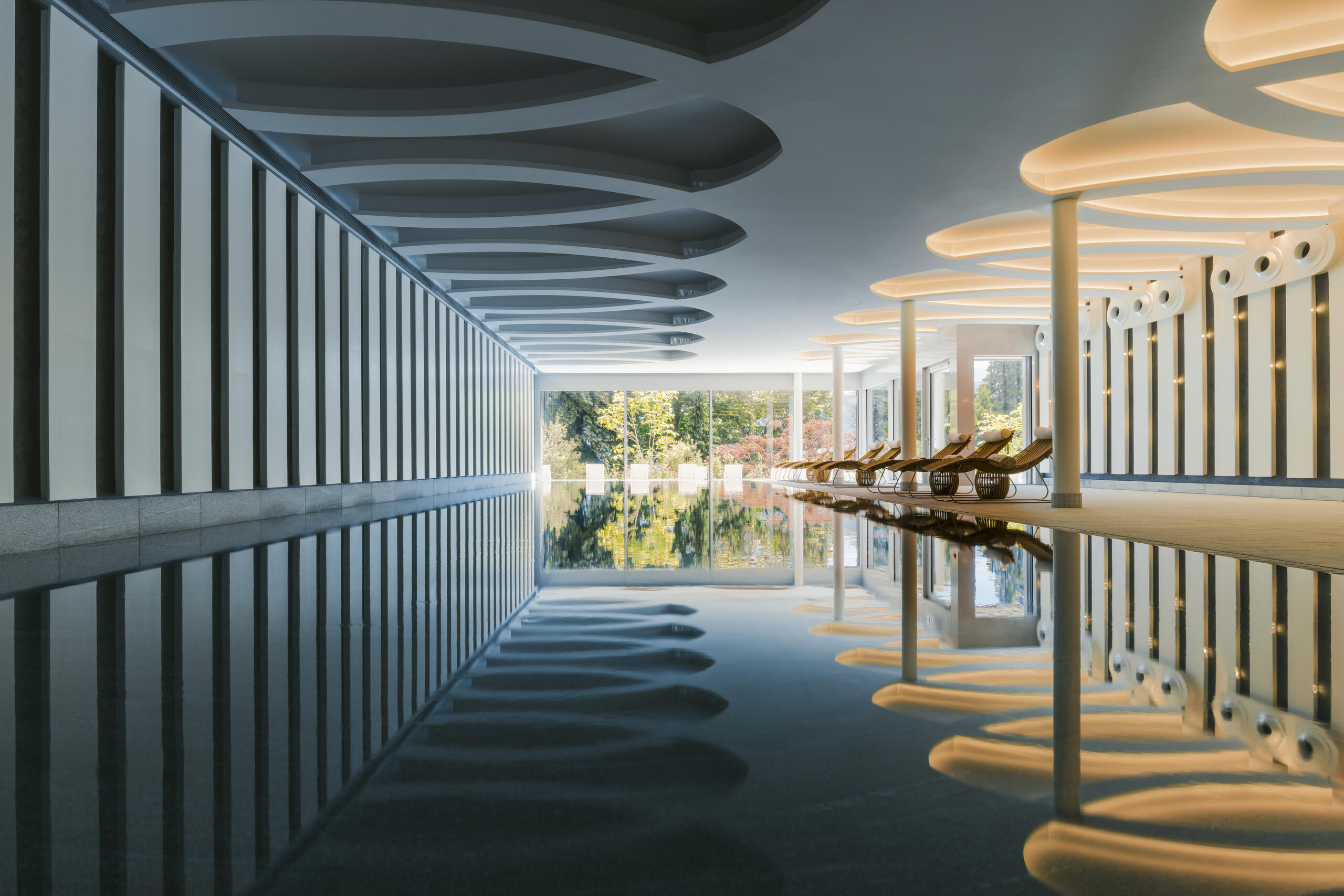
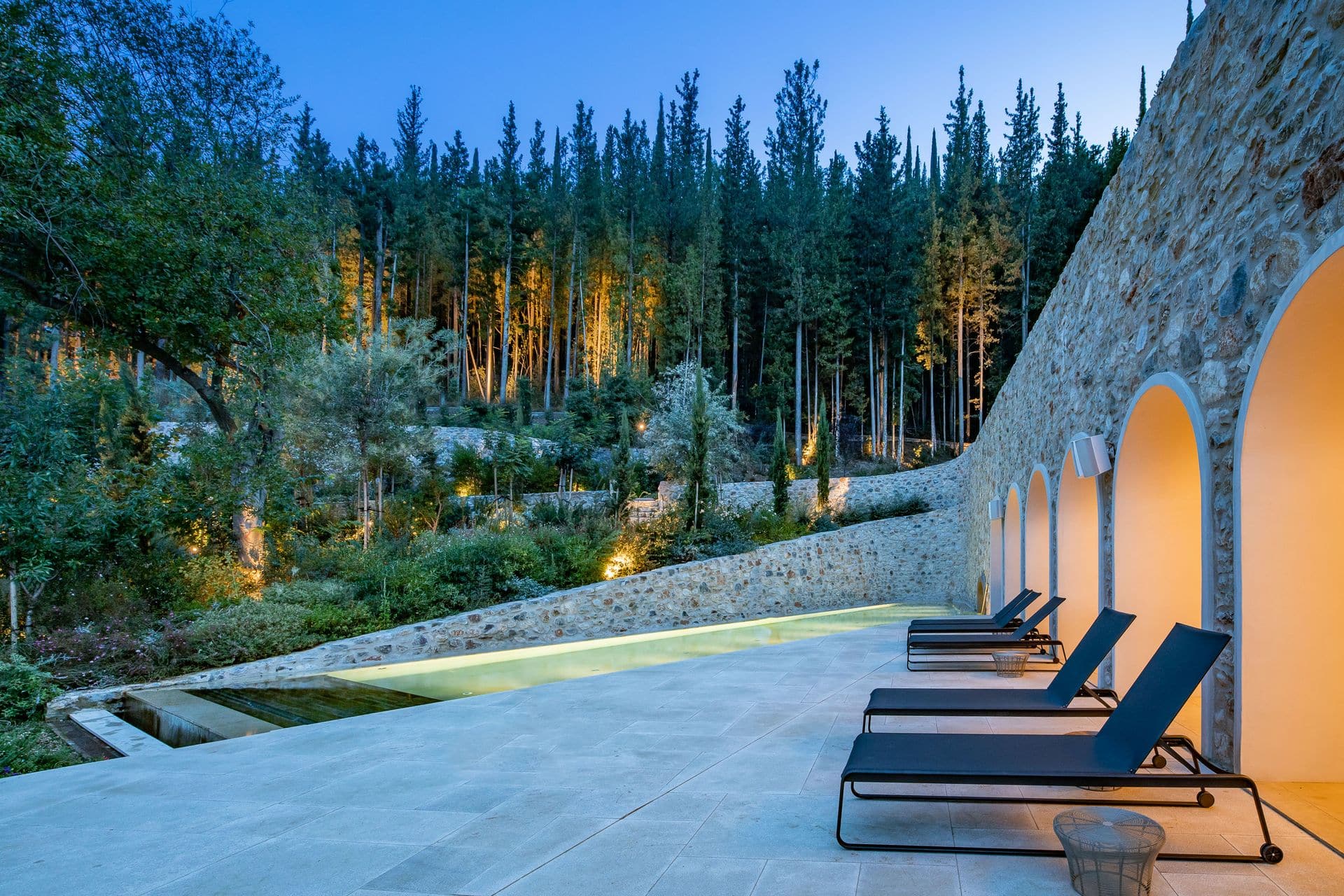
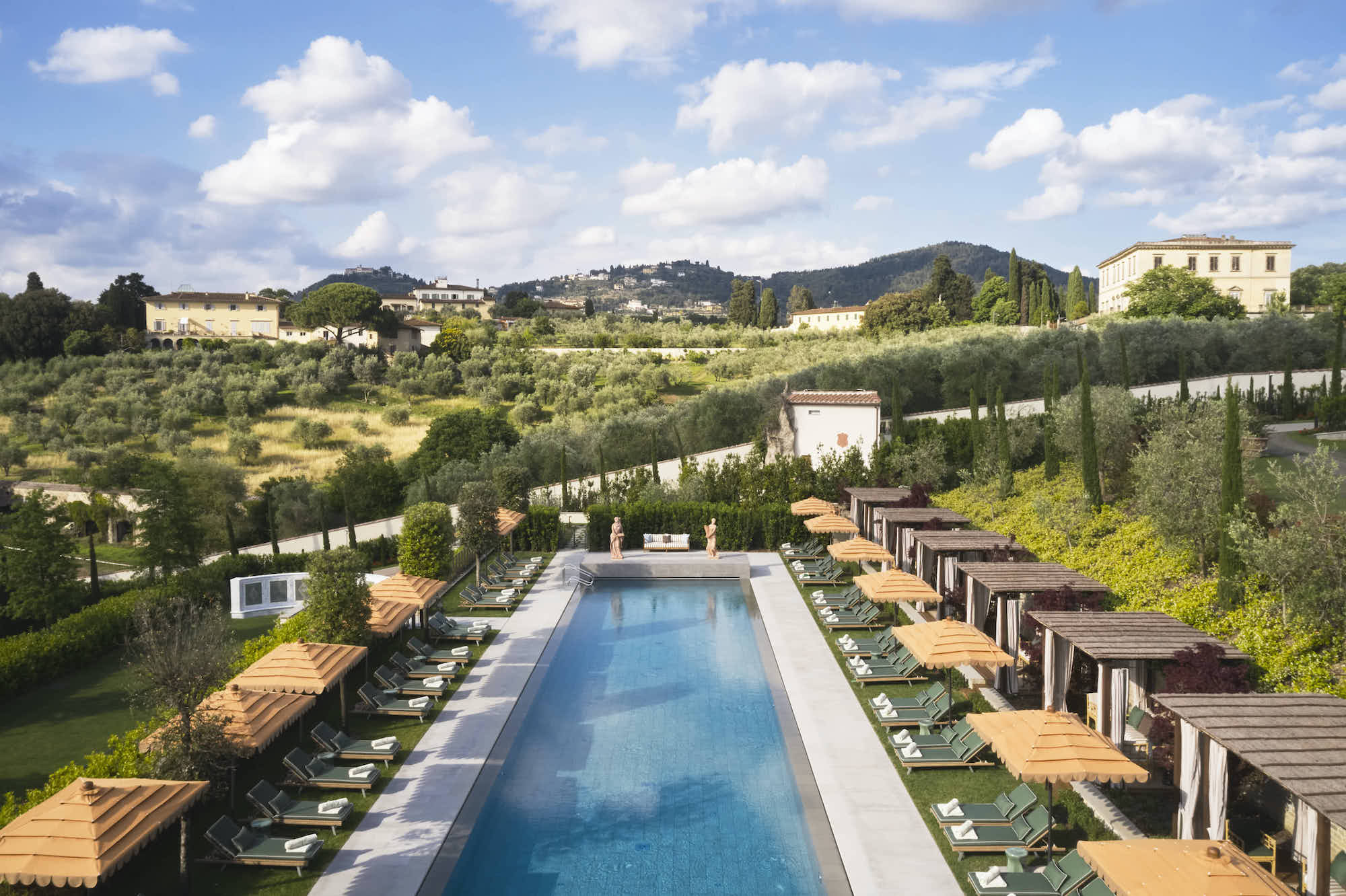


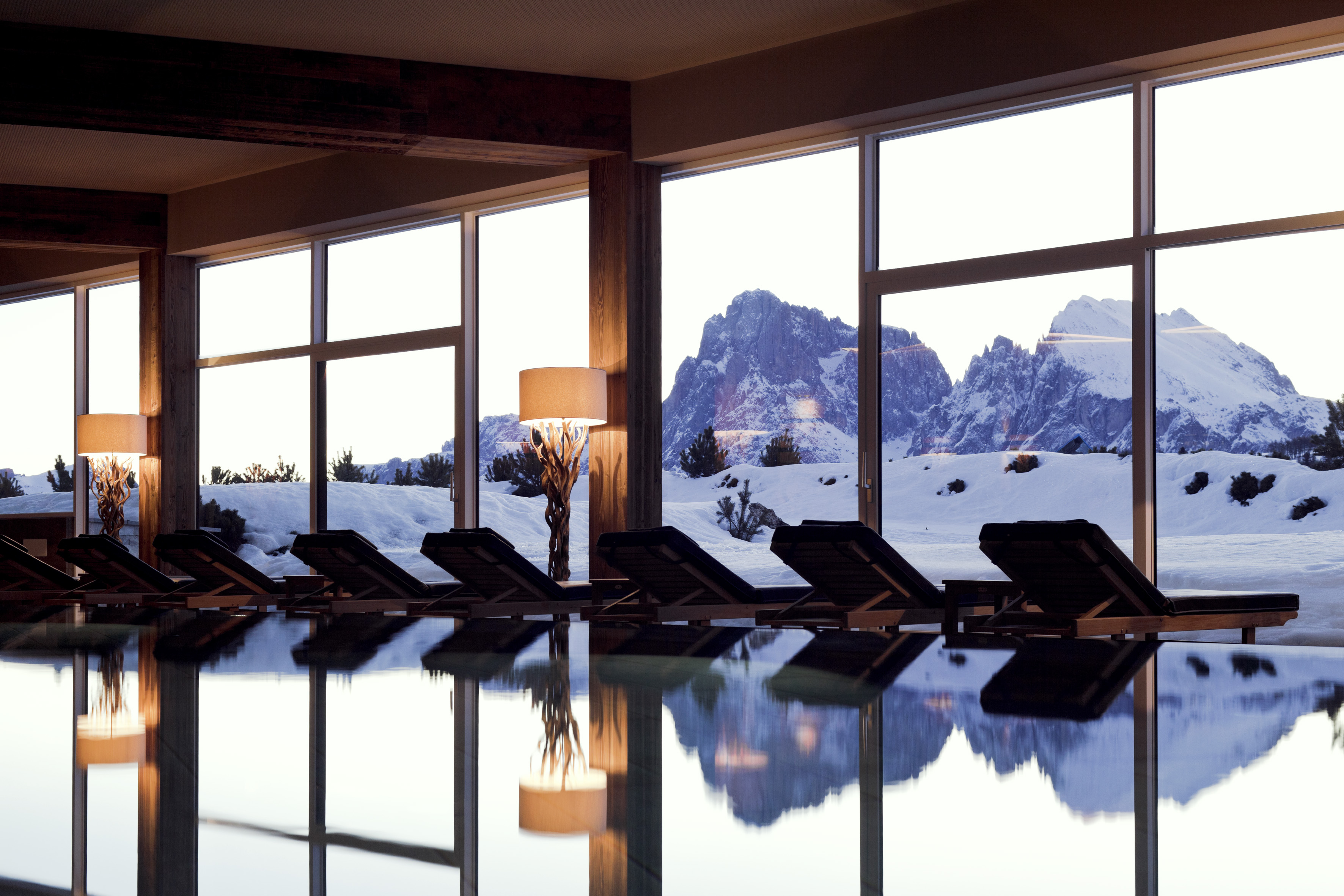



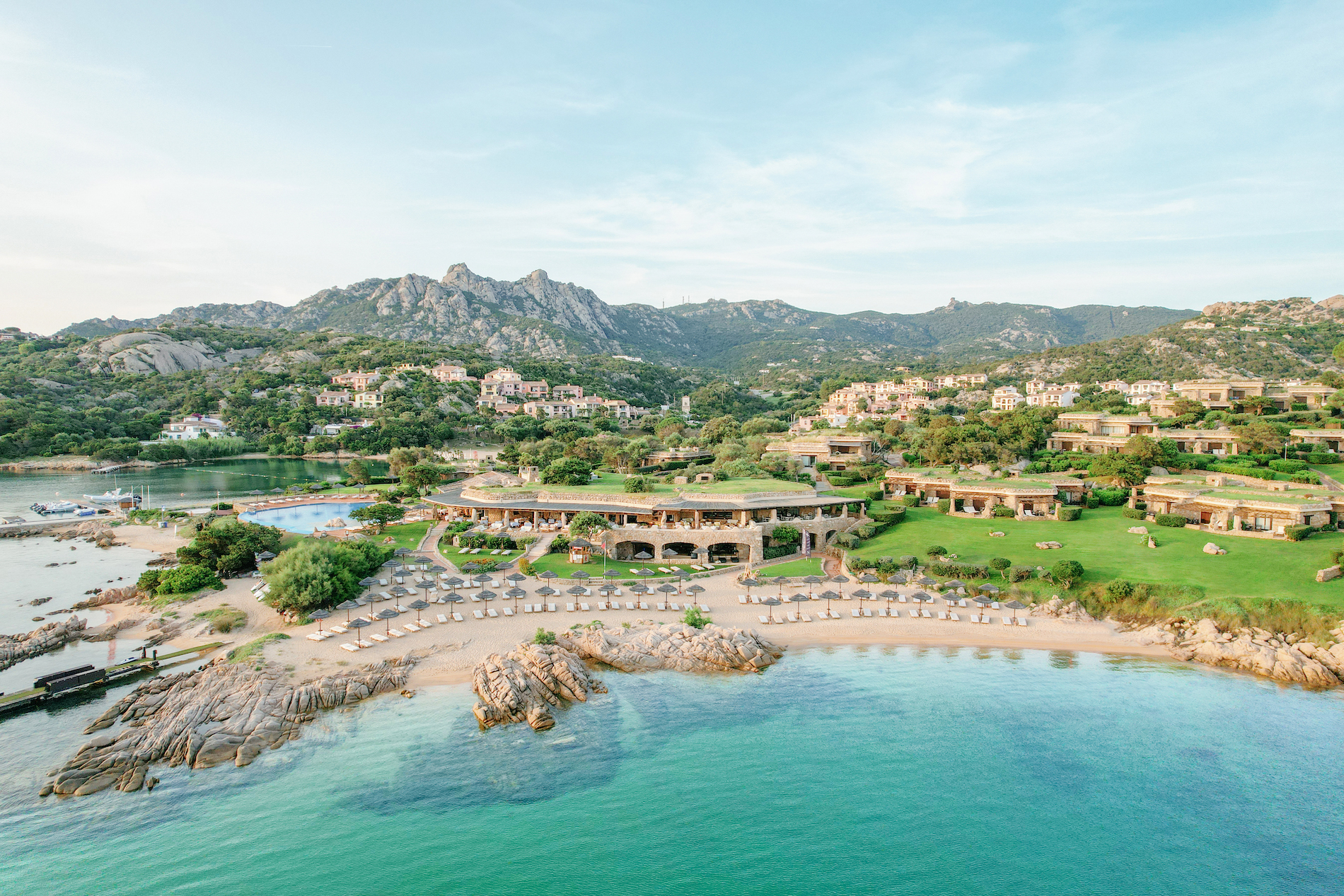
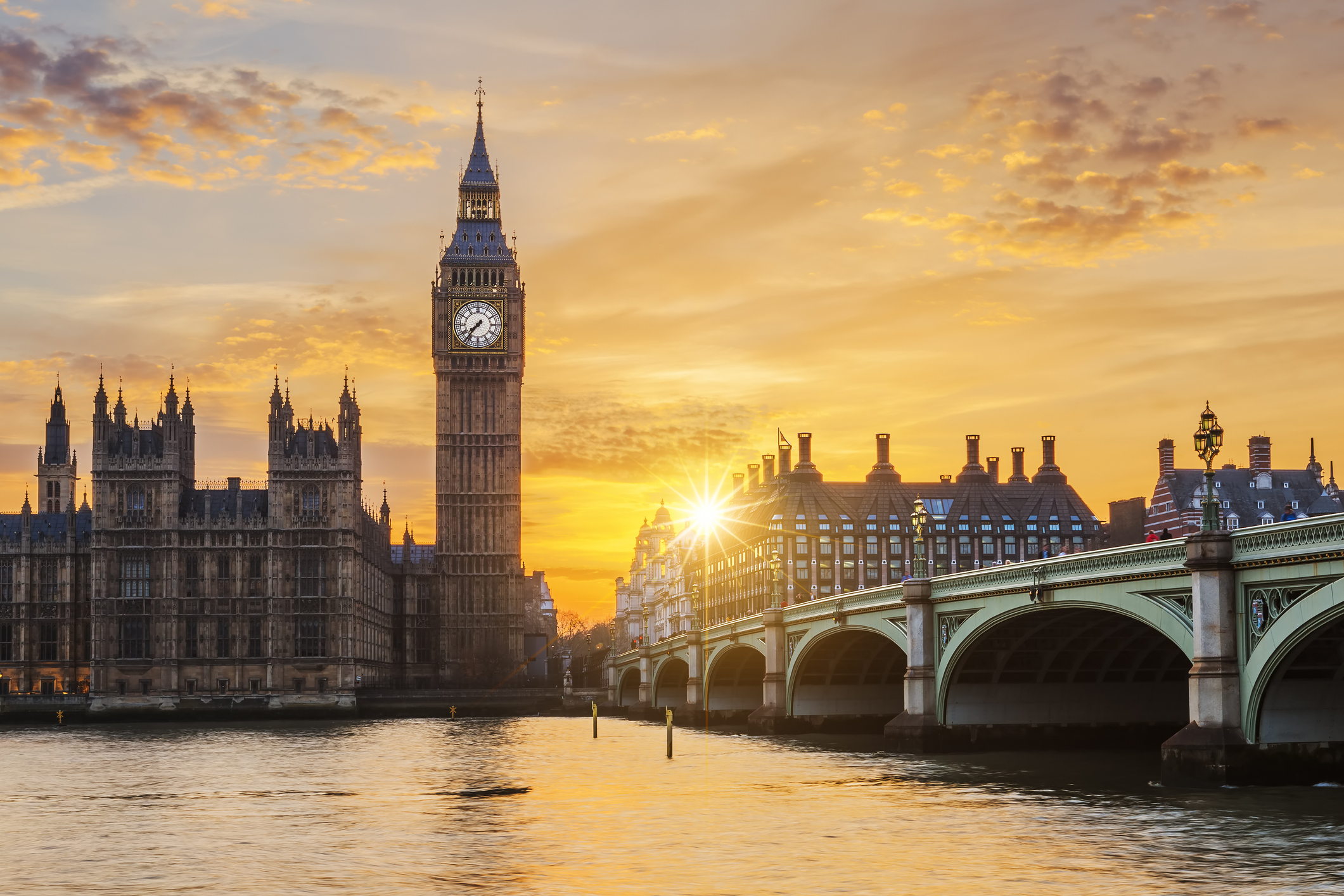

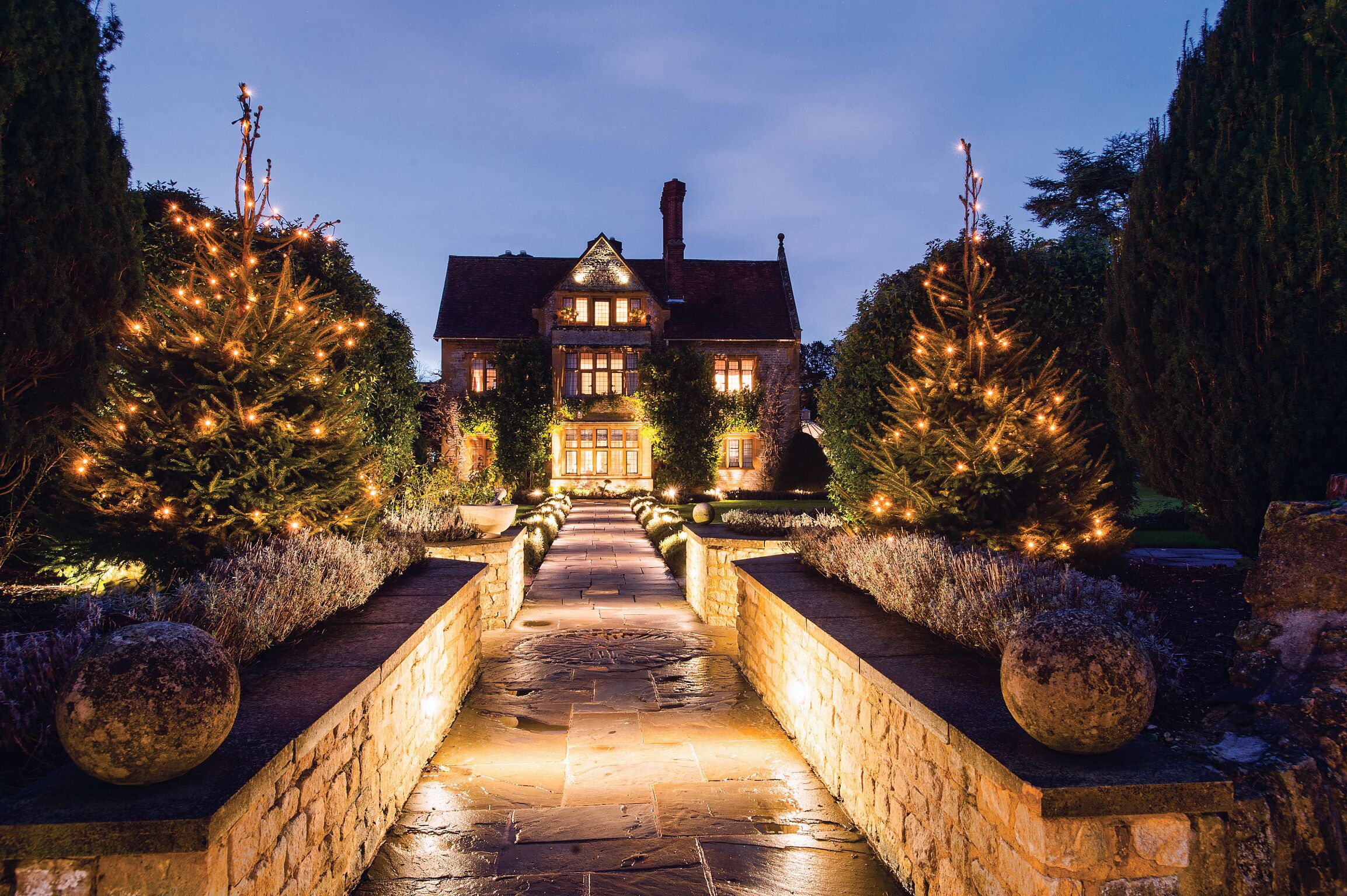
.jpg)

